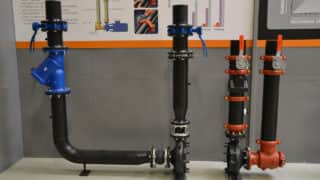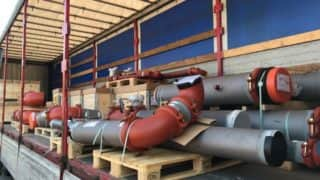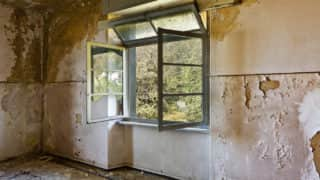Posted on April 30, 2019
Excessive vibration and noise caused by a system can be a great challenge for many engineers when designing one. Not only does it decrease the lifetime of the system, but these are also key elements for tenants. In historical buildings, there are even more crucial factors that need to be considered. System vibration can weaken structures, cause serious damage and because insulation in old buildings is often rudimentary, system noise can be easily heard throughout the property.
Tip Six: Mechanical Noise and Vibration Control Methods
Grooved couplings maintain excellent noise and vibration attenuation qualities, as well as the ability to accommodate deflection, expansion and contraction throughout the life of the piping system. Sound attenuation depends only on the three flexible couplings being placed near to one another, close to the source of vibration, so there are still numerous opportunities for design flexibility.
Furthermore, each successive joint in a grooved mechanical pipe joining system creates an additional reduction in vibration. Independent testing concluded that, for any given pipe diameter, less vibration is transmitted with each additional Victaulic coupling, regardless of whether Victaulic flexible or rigid couplings are used. For a building like the ‘La Scala’ Theatre in Milan, where acoustics are crucial, this was one of the clear benefits when retrofitting with a specified grooved mechanical pipe joining system.
Utilizing Mechanical Retrofitting Best Practices
Grooved mechanical pipe joining systems are a highly reliable alternative, compared to welding and flanging for the refurbishment of HVAC systems in existing and historic buildings. They provide a smaller footprint and a greater ease of prefabrication, improving onsite material handling. This flame-free joining method helps to minimize the risks due to the ease and speed of installation, enhances onsite safety and reduces system downtime during unscheduled or day-to-day maintenance.
As the refurbishment of the Scala Theatre in Milan and the Chamber of Deputies in Rome both revealed the benefits of utilizing mechanical retrofitting best practices include faster installation, reduced project costs and exposure to damage compared to other pipe joining methods.
Grooved mechanical pipe joining systems combined with the right project management and design services, such as BIM, software solutions and bag-and-tag, create a complete solution to transform and modernize the process of refurbishing HVAC systems.
View the complete Mechanical Retrofitting Best Practices series here:
- Effective project design and preparation are essential
- Select the correct mechanical pipe joining method
- Take unforeseen circumstances and historic preservation & sustainability into account
- Maximize jobsite productivity
- Implement modular mechanical room to improve system efficiency
- Mechanical noise and vibration control methods



